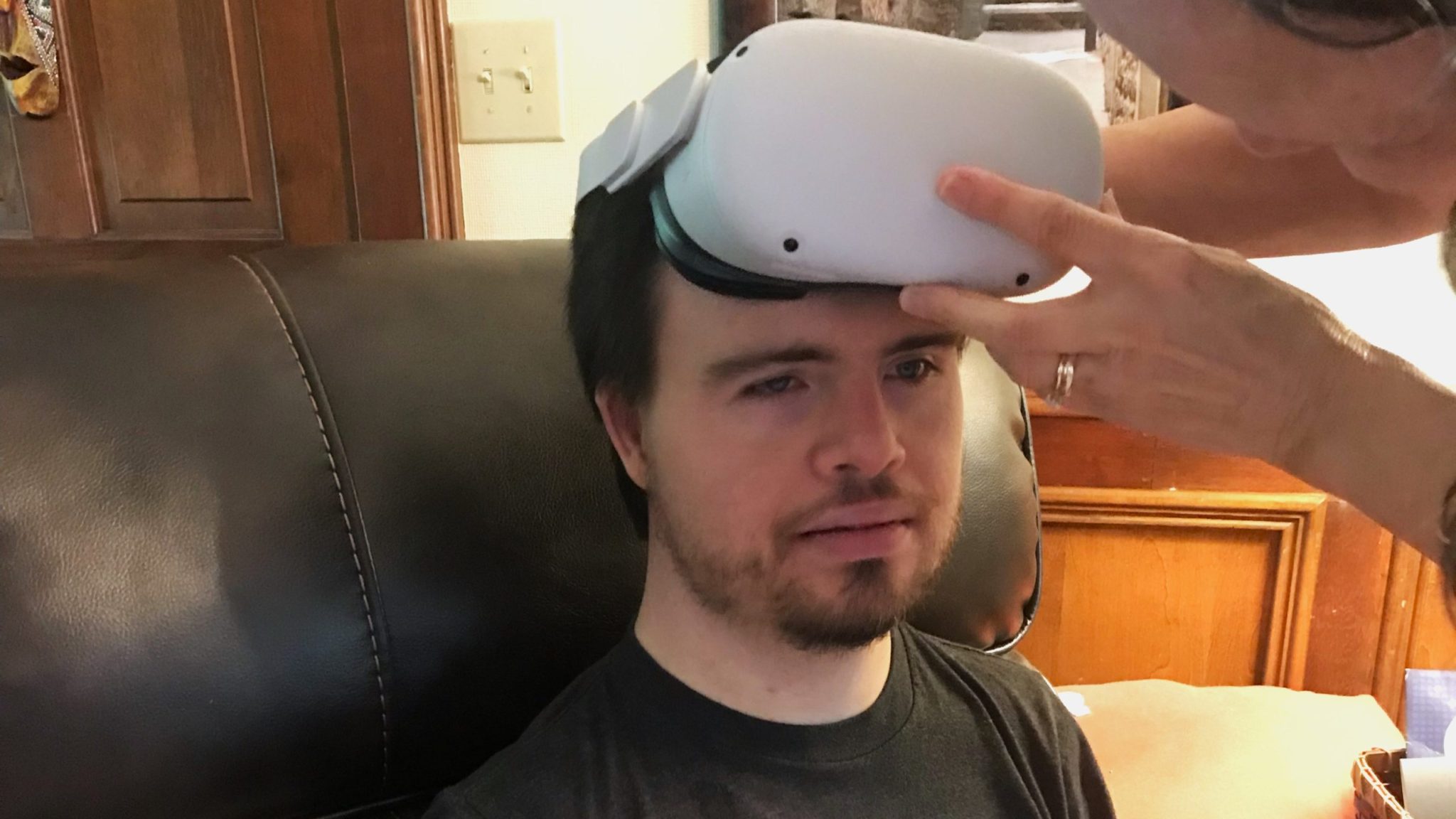
13 Jul The Future of Accessibility in Virtual Reality
Until recently, technology has only required minimum physical interaction for it to be used – from typing on a keyboard, pressing buttons on a phone, moving around a joystick, or clicking a mouse. However, these motor skills can be a big challenge for those with limited abilities like arthritis, cerebral palsy, Parkinson’s, and more.
With time, technology experts have found ways to make these tasks more accessible. For example, Maltron Keyboards are designed to assist people with physical and visual impairments. The Maltron Expanded Keyboard has a metal keyguard that prevents accidental presses, which is great for those with shakes and tremors. The Head or Mouth Stick Keyboard aids those with no access to motor skills. Innovations to aid in the accessibility of these tasks are shown through countless other products like braille displays, voice recognition, switch inputs, trackpads, and many more. And now, we have introduced virtual reality (VR) to the world – an undoubtedly even more challenging endeavor for many people with disabilities.
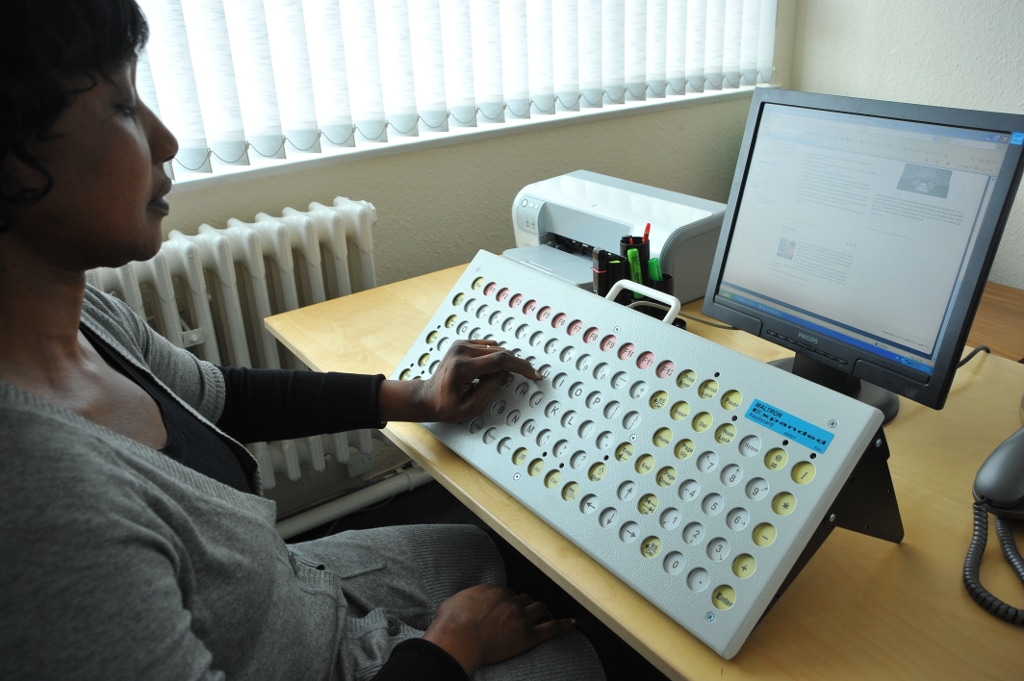

Virtual reality’s current limitations on people with disabilities
With the popularization of Quest 2, Valve Index, PSVR, and upcoming Meta devices, it is evident that VR is here to stay. However, the industry still has much to learn about expanding and enhancing its products to reach marginalized groups. Because VR is newer in terms of overall industry support, the opportunity to create accessible experiences is still being explored.

As the first form of entertainment technology to utilize nearly the entire body, one can imagine the limitations VR places on people with disabilities.
The Headset: According to the World Health Organization, at least 2.2 billion people globally are visually impaired. While VR headsets require users to place the screens close to their eyes, there is a lack of features and options designed to benefit blind and low-vision users. In addition, people with physical complications, such as those with hypermobile Ehlers-Danlos syndrome or Craniosynostosis and Craniofacial disorders, can have trouble wearing the headset.
The Hand Controllers: There is a heavy emphasis on motion controllers in VR. Many cannot perform the body movements required to indulge in the full experience of VR. In addition, some are unable to hold or utilize the controllers at all due to decreased motor skills. This makes most VR games and simulations impossible for those with mobility issues to experience.
According to The World Bank, “One billion people, or 15% of the world’s population, experience some form of disability.” When we recognize the large population of people impacted, it brings to light the importance of creating new versions of this tech. Everyone deserves an equal opportunity to enjoy some of humanity’s most remarkable feats in technology and entertainment.
The future of VR accessibility and its benefit to people with disabilities
There has been progress over the years to help bring these experiences to people with disabilities. Although there is still much progress to be made, VR can help renew a sense of hope.
Vision Impairments: A few years ago, Microsoft published a research tool kit for developers who can use the tools in Unity to make VR more accessible for the visually impaired. They also developed the Canetroller to help people with little to no vision navigate VR environments.
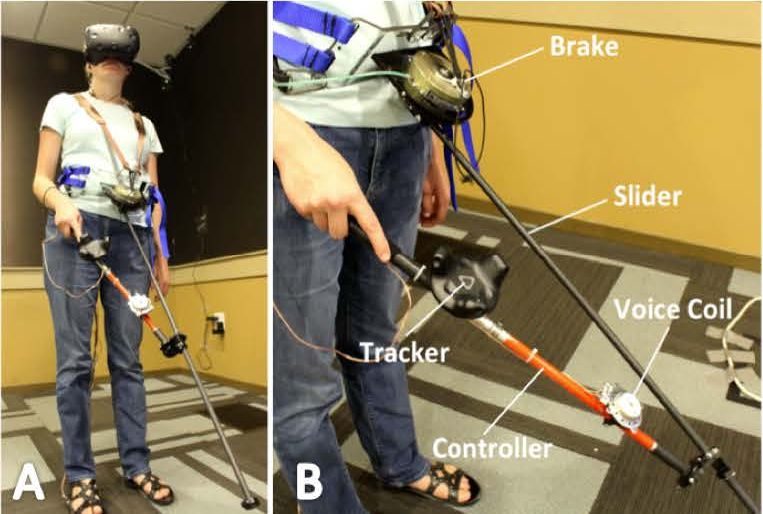
Hearing Impairments: Game developers have also been finding unique ways to enhance the experience for those with a loss of hearing. An excellent example of this can be found in “Moss,” a game developed by Polyarc Games. Quill, the guiding character, uses American Sign Language to communicate in this immersive game.

Social Disabilities: Those with Autism Spectrum Disorder often have difficulties interacting socially. Project VOISS (Virtual Reality Opportunities to Integrate Social Skills) uses VR to simulate social interactions. Users are led through day-to-day situations and can practice, experiment, and make mistakes without the pressure of the real world.
Wheelchair-Bound: A VR tour of a location can allow those with limited mobility to virtually explore a place before physically going there. This can help them to plan their visit and find accessible routes. In addition, most VR games can now be played sitting down. One can adjust their camera and game settings to consider the sitting height (though the newer systems will automatically do this for you).
Mental Health: A feature everyone can benefit from is VR’s ability to relieve anxiety, depression, loneliness, and more. Immersing oneself in a virtual, risk-free environment, like creating a personal garden in Loam, can put one’s mind at ease and let them escape reality for a little while. VR can also teach mental health patients how to manage their symptoms in a simulation which can then transfer to the real world.
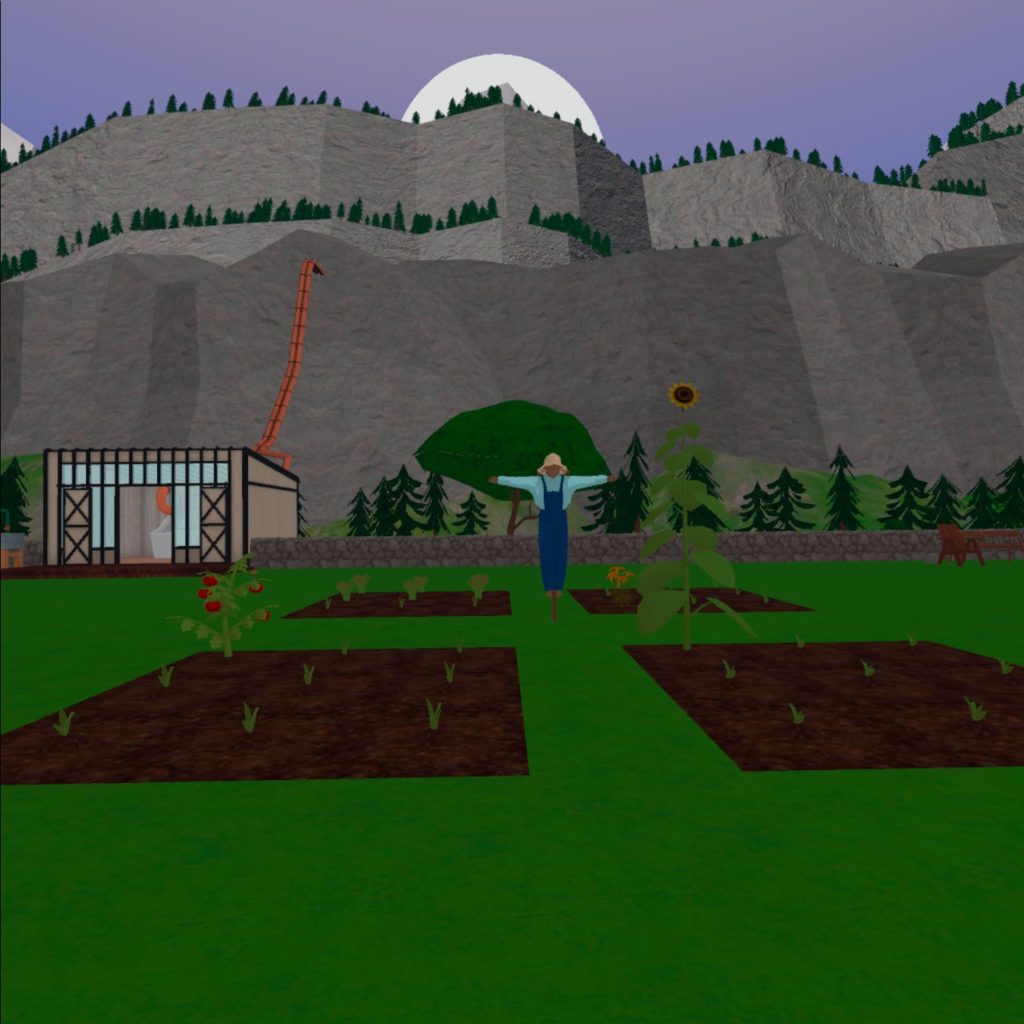
Motor Skills: The UnlimitedHand is a prime band that uses haptic response technology to simulate your hand movements inside the VR world. In addition, the 3DRudder can simulate walking movements with a single foot.
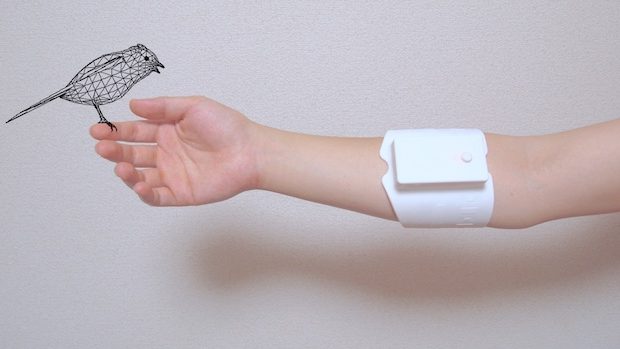
Helping Others Understand Disabilities: Virtual reality apps, such as A Walk Through Dementia, try to help others understand what it can feel like to have a disability. This can help push the importance of creating inclusive experience spaces and increase empathy, helping people better understand how to care for and provide for the people around them.
If we stay committed to considering everyone in our plans for future VR, the opportunities for innovation are limitless. One day, perhaps, virtual reality can be used to transform not just the way we see the world but the way we see each other.




